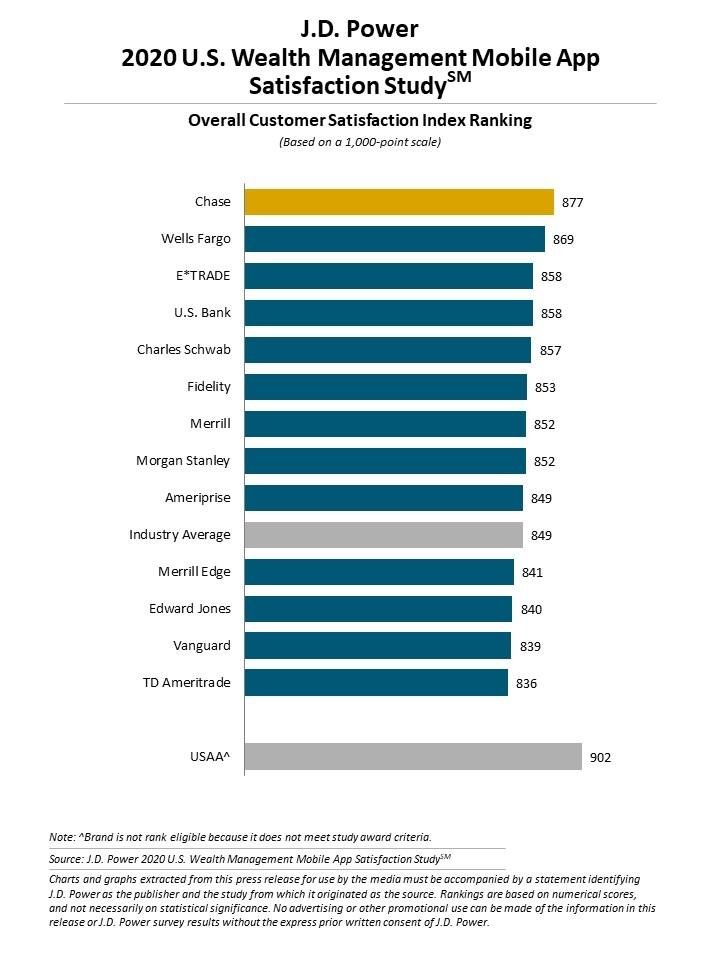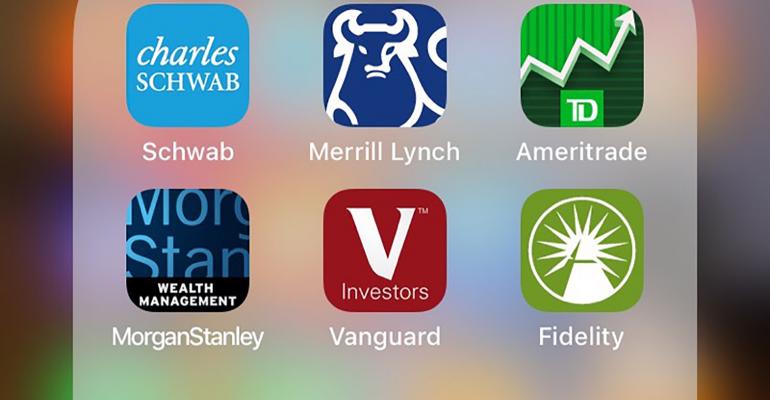The “front door” for customers accessing wealth management firms is decrepit, outdated and woefully uninviting, according to a recent survey. Even as usage of wealth management apps increased during the pandemic, a J. D. Power survey found that the industry provided a crummy user experience full of missed opportunities for advisor engagement.
Mobile wealth management apps aren’t just for do-it-yourselfers, and they're increasingly used by Gen X and millennials. Thirty-six percent of investors working with an advisor said they increased their wealth management app usage during the pandemic, which outpaced that of DIYers, which stood at 17%, according to the survey of more than 2,700 wealth management customers.
Overall, 33% of investors increased their app usage during the pandemic, but the trend was most pronounced among Gen X, which saw 30% of the group increase its app usage compared with pre-pandemic levels, and millennials, at 45% for the same figure.
“Wealth management firms need to recognize that the app is increasingly becoming their front door,” said Amit Aggarwal, senior director of digital solutions at J.D. Power. “They need to spend the time making sure that this channel is addressing customer needs, easy to navigate and seamlessly integrated into all facets of their business.”
Part of that integration is providing an app-based means for connecting with a human advisor that goes beyond the superficial. In May and June, 31% of investors said they had no recent advisor contact, and of those who did communicate with an advisor, just 2% communicated via a mobile app or secure messaging and another 2% communicated using a chat feature, according to the survey. Compare that with 74% of advisors who opted to place a phone call and 57% who sent an email.
A big reason for low client engagement via mobile apps is that most apps don’t facilitate human engagement: just 35% of wealth apps profiled by J.D. Power offered chat functionality and 41% supported secure messaging—even though both features are “frequently” demanded by users.
It’s a simple case of missed opportunity and slow adaptation, according to the survey’s authors. Full-service investors who use an app to interact with their wealth management firm are generally 40 points more satisfied with their service provider than customers using firms without a robust mobile app.
JPMorgan Chase, which saw skyrocketing You Invest account openings over the past year, was ranked highest for customer satisfaction with wealth management apps, followed by Wells Fargo. E*Trade and U.S. Bank were tied for third. Merrill Edge, Edward Jones, Vanguard and TD Ameritrade all performed below the industry average in overall satisfaction.

Wealth management apps lagged those of credit cards, insurance and even banking in overall satisfaction, according to the survey. Meanwhile, fintechs like Betterment, Wealthfront, Wealthsimple, Ellevest and Acorns were not only better ranked in satisfaction, but they also provided an app experience that was markedly easier to navigate, looked better and operated faster, the study found.
“Most wealth app offerings are missing the mark,” concluded Michael Foy, senior director of wealth and lending intelligence at J.D. Power.
“This is such a critical moment in the digital transformation of wealth management and firms have a tremendous opportunity to leverage their mobile apps as a powerful communications conduit between investors and advisors,” he added. “Advisors and their firms need to recognize that the mobile app is not a threat to the advisor’s value—it is an opportunity to increase engagement by meeting investors where they are.”
